At waxes or cerids are formed by a mixture of several organic compounds, the main ones being higher fatty esters and higher fatty alcohols.
Fatty acids are carboxylic acids that have only one group - COOH at one end of the chain, which is long, with a total of 4 to 22 carbon atoms. Those with 10 or more carbon atoms are called higher fatty acids.
Fatty alcohols, on the other hand, are primary alcohols (the OH group is linked to a carbon, which, in turn, is linked only to one more carbon atom) with more than 8 carbons in the chain. Those with more than 16 carbon atoms are called higher fatty alcohols.
In the case of the higher fatty alcohols and esters that form waxes, both are unbranched.
The waxes can be of origin vegetable or animal. The function of the waxes that cover vegetables, such as leaves, is to slow down the evaporation of water.
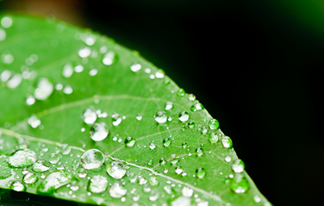
The waxes cover the outer parts of the vegetables
An example of vegetable wax is carnauba wax, extracted from the palm (Pruniferous Copernicia). The wax obtained is the
merissilla kerotate, whose structure is shown below, as well as the acid and alcohol that form it: O O
// //
H3C ─ (CH2)24 ─C+ HO─CH2 ─ (CH2)29 CH3 → H3C CH2 ─ (CH2)24 ─C+ H2O
ohO─CH2 ─ (CH2)29 CH3
cerotic acid merissilic or melisic alcohol merissyl cerotate water

Carnauba wax is extracted from the palm
Animal waxes have several functions, for example, the waxes that waterproof the feathers of water birds allow them to swim. See other examples of animal waxes: ·Lanolin: Lanolin is obtained from sheep's wool and its formula is:
Do not stop now... There's more after the advertising ;)
- Lanolin: Lanolin is obtained from sheep's wool and its formula is:
O
//
H3C ─ (CH2)24 ─C
O─CH2 ─ (CH2)30 CH3
It is present in moisturizing creams, soaps, shampoos, fabric softeners, healing medicines, cosmetics, sunscreens and lubricants. For more details, read the text. Lanolin.
- beeswax: It is found in the combs produced by bees in hives and is made up of 72% esters, 13.5% free acids and 12.5% hydrocarbons. The main constituent of this wax is Merissile Palmitate:
O O
// //
H3C ─ (CH2)14 ─C+ HO─CH2 ─ (CH2)29 CH3 → H3C CH2 ─ (CH2)14 ─C+ H2O
oh O─CH2 ─ (CH2)29 CH3
palmitic acid merissilic or melisic alcohol merissil palmitate water
It is mainly used in the production of ointments.
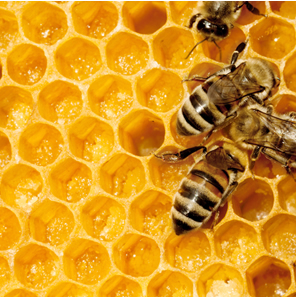
Beeswax is mainly made up of merissilla palmitate
- Spermaceti: It is extracted from the cartilaginous cavities of the skull of sperm whales (image) and also from the sperm of whales.
O O
// //
H3C ─ (CH2)14 ─C+ HO─CH2 ─ (CH2)14 CH3 → H3C CH2 ─ (CH2)14 ─C+ H2O
ohO─CH2 ─ (CH2)14 CH3
palmitic acid cetyl alcohol cetyl palmitate water
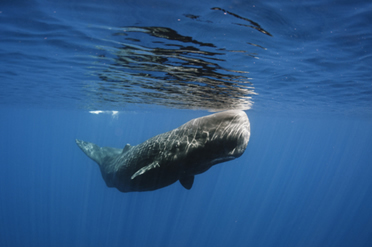
Spermaceti is a wax found in the skull of sperm whales.
This white solid is used in creams and ointments as it has emollient (softening) properties.
Other applications for the waxes are in the manufacture of candles, floor waxes, shoe greases, dental molds, etc.
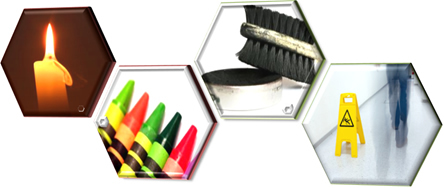
Products made from waxes
By Jennifer Fogaça
Graduated in Chemistry
Would you like to reference this text in a school or academic work? Look:
FOGAÇA, Jennifer Rocha Vargas. "Chemical composition of waxes"; Brazil School. Available in: https://brasilescola.uol.com.br/quimica/composicao-quimica-das-ceras.htm. Accessed on June 28, 2021.
Chemistry
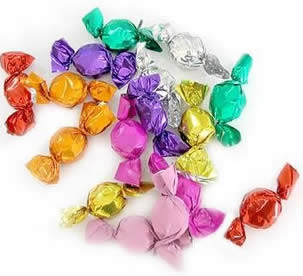
Esters, Food Flavoring, Flavoring, Esterification Reaction, Methyl Anthranilate, Pentyl Acetate, Butyl Ethanoate, Ethyl Butanoate, Propanetriol, Glycerin, Stearin.



